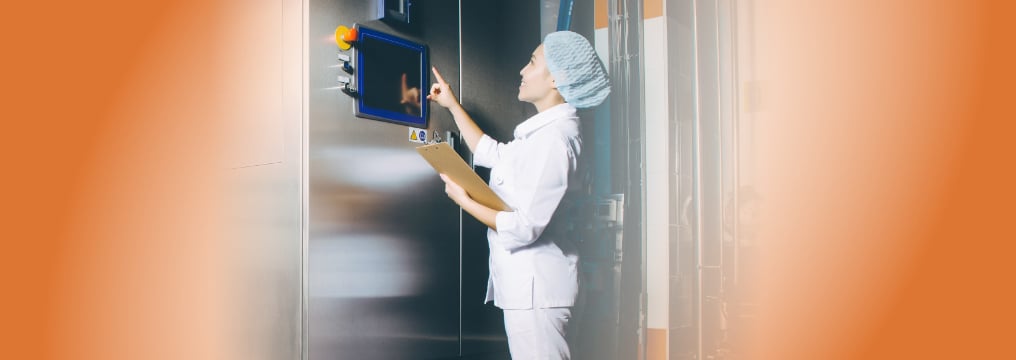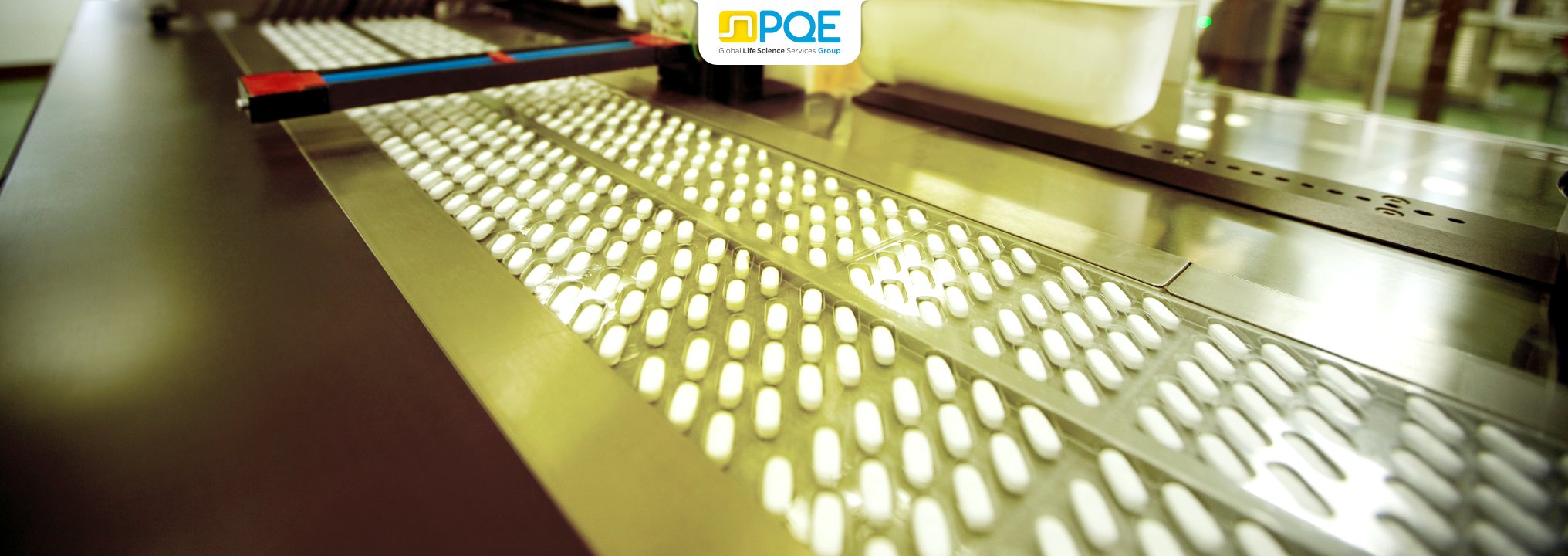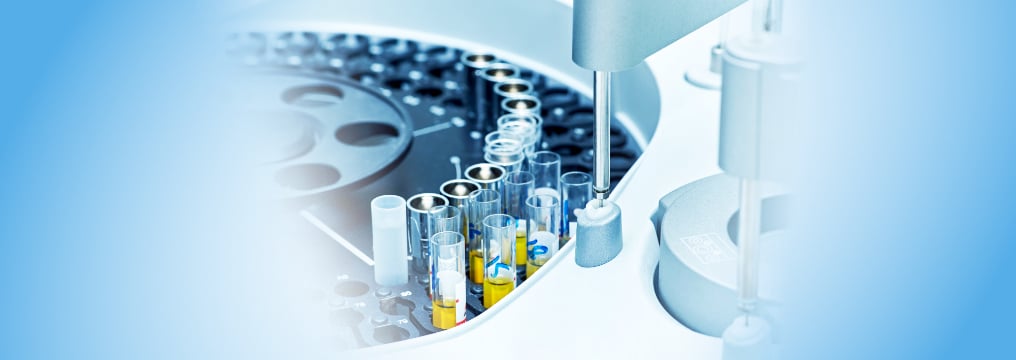
WHY IS IT IMPORTANT TO TEST GLOVE INTEGRITY IN ISOLATORS OR RABS?
Isolator integrity is a must to guarantee an aseptic working chamber. Tightness tests are performed in order to verify the correct classification requirement of the entire isolator, but the leak test is not sensitive enough to find all possible sources of contamination from small leakages of gloves. Indeed, the execution of an integrity test of gloves before and after production is a MUST in order to confirm that no external microorganism is in contact with production air and the product. This test is possible only with the support of a glove integrity test, designed only for this difficult scope, and a correct qualification of this test process can be identified using a single 50um hole in a glove.
WHEN SHOULD ONE TEST GLOVE INTEGRITY?
As specifically stated in the EU GMP Annex 1 revision, a glove integrity test is fundamental for the correct pre- and post-production qualification in an aseptic process during which external contamination can affect the correct product quality standard. Since the glove is the most probable source of contamination, it must be checked before and after production in order to guarantee correct production to verify if contamination occurred during production and during each critical phase of the production process, ensuring compatibly with its Quality Risk management and therefore to guarantee the correct production quality standard.
WHAT NORMS AND REGULATIONS APPLY TO GLOVE INTEGRITY TESTING?
At the regulatory level, the glove integrity test is described in ISO 14644-7 Annex E.5, in which the use of the pressure decay test is identified as suitable for verifying any punctures or tears capable of determining a sealing problem on the isolator. However, this standard does not identify a precise set of parameters, given that times and pressure set points remain dependent on the type of equipment, the type of glove and the type of leak to be detected. Therefore, since the standard identifies a generic method, it is necessary to support the measuring instrument with a suitable procedure development process and appropriate Performance Qualification.





